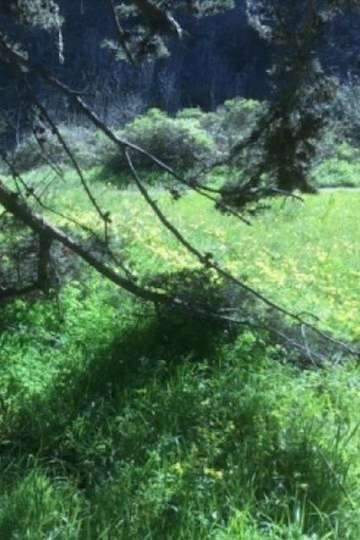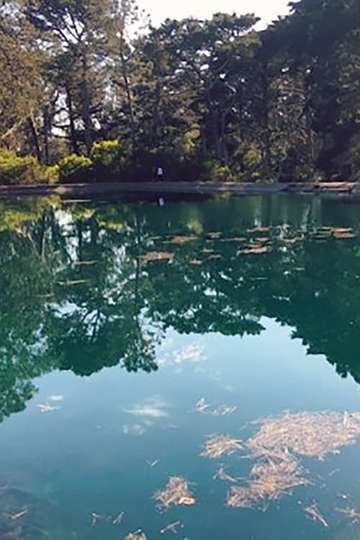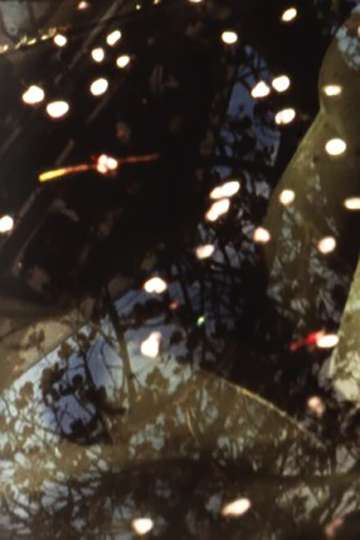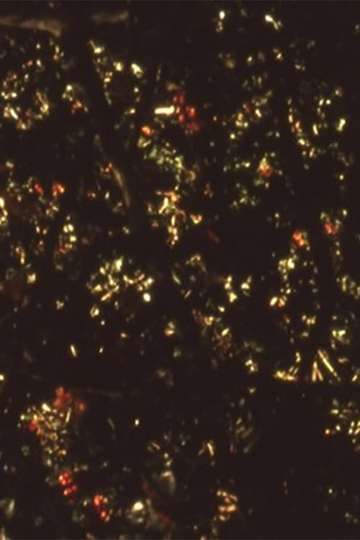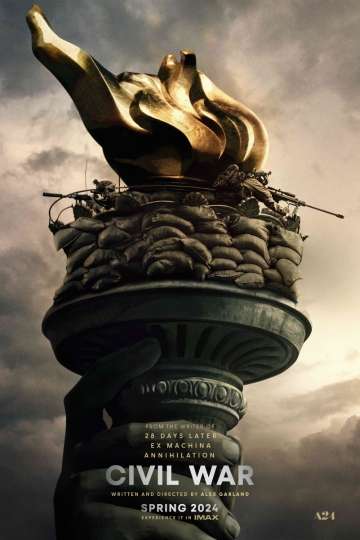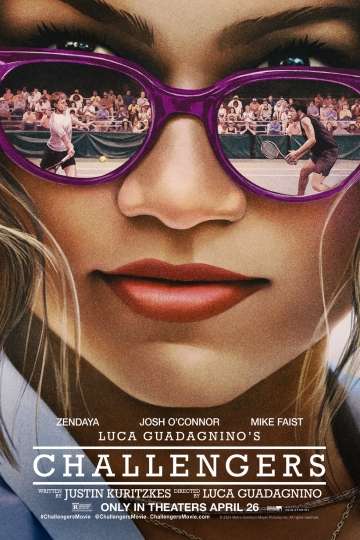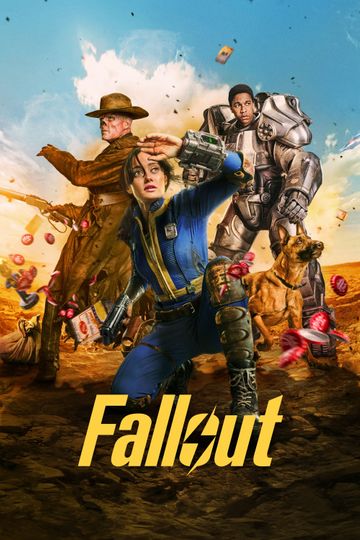Nathaniel Dorsky Biography
Show More
Nathaniel Dorsky Movies
Other Trending Celebrities
- Jason Statham
- Emily Blunt
- Ana de Armas
- Anne Hathaway
- Zoe Saldaña
- Jenna Ortega
- Owen Wilson
- Liam Neeson
- Zendaya
- Denzel Washington
- Ryan Reynolds
- Keanu Reeves
- Tom Hardy
- Tom Cruise
- Jason Momoa
- Timothée Chalamet
- Chris Evans
- Hayley Atwell
- Chris Pine
- Gal Gadot
- Henry Cavill
- Margot Robbie
- Daniel Radcliffe
- Emilia Clarke
- Scarlett Johansson
- Chris Pratt
- Brie Larson
- Liam Hemsworth
- Sophie Turner
- Natalie Portman
- Jake Gyllenhaal
- Charlize Theron
- James McAvoy
- Kristen Stewart
- Tom Holland
- Jennifer Lawrence
Movie Reviews
‘The Ministry of Ungentlemanly Warfare’ Offers Mixed War Movie Entertainment. Guy Ritchie tackles...
Read full review‘Civil War’ is a Frightening Look at a Possible American Future. Writer-director Alex Garland issues...
Read full review‘Challengers’ May Be the Most Erotic Movie About Tennis Ever Made. Tensions run high as Zendaya leads...
Read full reviewTV Reviews
‘Fallout’ Sends a Naive, Plucky Hero Into a Wild, Irradiated Wasteland. The new series comes adapts...
Read full review‘Sugar’ Features Colin Farrell as a Private Eye And Two Subpar Mysteries. The series, created by...
Read full review’House of the Dragon’ looks to win back ‘Game of Thrones’ fans. The ‘Game of Thrones’ prequel...
Read full review
